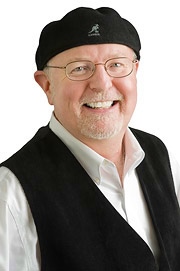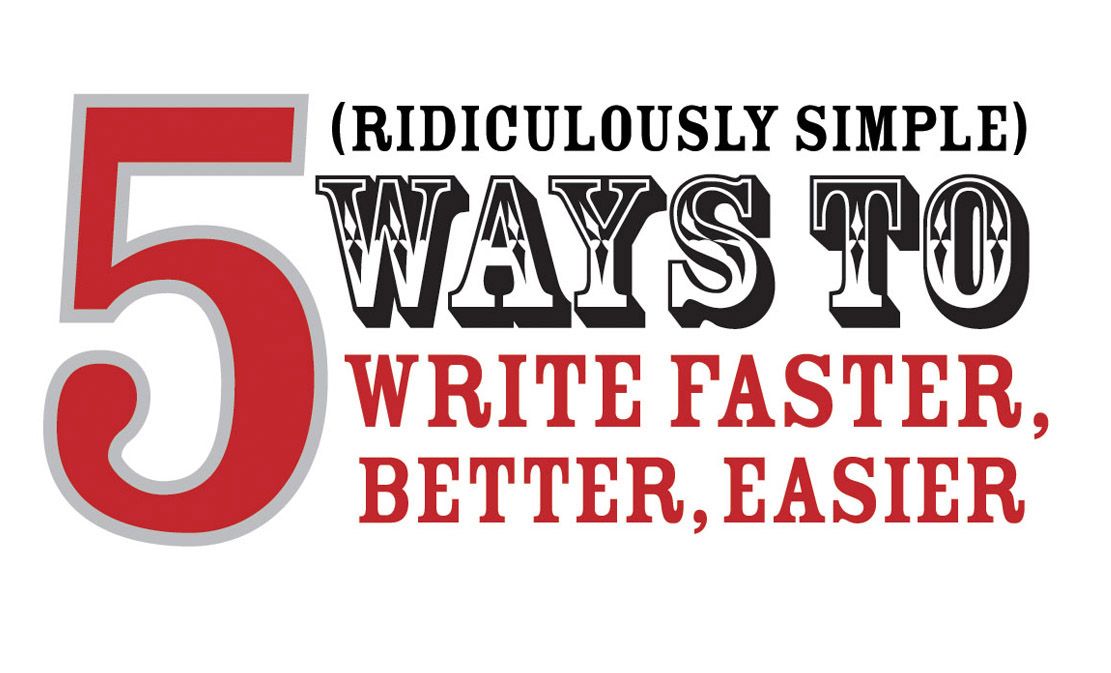Four Simple Ways to Brand Your Story
 Friday, June 22, 2007 at 11:31AM
Friday, June 22, 2007 at 11:31AM 
What does it mean to “brand your story” using corporate video?
Recently, I noticed something interesting going on in the area of language: corporate clients are combining “story” and “brand” in the same sentence.
For example, just this week while meeting with a new client, unexpectedly came, “We want our story branded through video.”
Now imagine this for a moment. Imagine telling your unique video story with some “off-the-shelf” stock footage. You are forcing generic video images to tell your custom video story.
Chances are, you will be disappointed. Your culture, energy, passion and vision will hardly be captured in a way that emotionally connects you to your audience. It would be like going to McDonald’s and expecting to receive a custom meal.
Your corporate story is not a commodity. Neither is your video story. Treat it well and it will serve you well.
On the train ride home from New York this week, I thought about it a bit more. What exactly does someone mean when they say, “We want our story branded with video?”
Here are some common themes, as I see it, connecting “brand,” “story” using corporate video.
Four Simple Ways to Brand Your Story Using Corporate Video
1. Identify Your Emotions
Every living organization has relationships. Your organization is no different. Who are you? Why are you different? What’s your ZAG? Your answers are tied to specific emotions that people have towards you. Creating an emotional connection back to your audience through your video implies understanding the emotions that make you unique to begin with.
2. Share Your Dream
Strong brands create strong dreams. A dream is a journey from one state of mind to another. What is your company’s dream? What journey are you on? Where are you taking your viewers? Transporting your viewers to another state of mind in your video allows your audience to imagine new possibilities and opportunities and apply them to their world.
3. Make Meaning
Assume for a moment that your purpose in business is not about yourself, but about others. Why does your company matter? Are you “making meaning”? How are you so different, that dare I say, I have actually fallen in love with your brand? Corporate video can be as powerful or boring as you make it. Capturing your “Why We Matter” factor through video is a powerful way to show what would happen if your company did not exist, and why it exists in the first place.
4. Dip Into Your Past
Your present moment is a reflection of your past. Sharing your past provides a framework and context for your viewers to care even more about you. Your company’s history and experience is as unique as your own. Capitalize on the traditions and values that brought the company to where it is today. Sharing with your viewers where you have been helps them align their personal values with your corporate values.
Does your corporate video incorporate any of these themes in authentic, personal and emotional ways? Don’t let your video fall into the trap of being indistinguishable from the pack.
Your brand deserves better, yes?
---Tom









